 Sometimes I’m simply inspired to write some of these “Stories in Stone” by the shape, size or uniqueness of a particular monument that catches my eye. This week’s blog follows that approach. When I first saw the grave memorial to Fanny Miller, I was intrigued by the design from a distance. As I approached to inspect closer, I learned that the decedent had passed on December 15th in the year 1888. On top of that, a unique piece of information came from the stone stating that Mrs. Miller had not died here locally in Frederick County, rather she had “breathed her last breath” in Upper Sandusky, Ohio. Information was scarce regarding Fanny Miller, although I quickly learned from our cemetery records that she was the wife of a Mr. D. S. Miller, and her cause of death was due to cancer. Her maiden name was Whitter, which I learned is also an intransitive verb which means “to chatter or babble pointlessly or at unnecessary length.” I may well follow suit here, as this article is not one that definitively tells the life story of a person, or family for that matter. Regardless, the cultural origin of the surname “Whitter” seems to derive from the United Kingdom. One of the defining figures of this monument is that it is designed as an elaborate stand for an urn. This vessel is crafted atop the work, and is covered by a cloth. You will see many draped objects in the cemetery as the shroud is a general symbol of mourning, but it may also symbolize a parting of the veil between this world and the next. Drapery was also an outward expression of mourning in the Victorian era (1837-1901), as heavy black fabric would be draped throughout the homes of those in mourning. A few of Fanny’s family members are buried under this monument in Area Q/Lot 70, and their names appear on two of the other three remaining “faceplates” on this memorial. These include her mother, Susan E. (Hane) Whitter, and half-brother Thomas Luther Whitter. Fanny Miller Fanny was born with the given name Ann in 1843 in Frederick, the daughter of Thomas W. Whitter and Susan (Hane) Whitter. She wouldn’t really know her father that well as he died in 1846. As a matter of fact, Fanny’s mother’s time with Mr. Whitter was somewhat brief as well as she had only married him on October 8th, 1842. Susan was Thomas’ second wife as his first, Mary W., had died on December 17th, 1840 according to diarist Jacob Engelbrecht. Mary was originally laid to rest in the town’s Methodist burying ground on the east side of town along Middle Alley between Third and Fourth streets. As for Susan Whitter, she was born August 26th, 1812 in Frederick as the daughter of John Hane, Sr. (1776-1855) and Ann Margaret Bartgis (1780-1862). Both Fanny and her mom are found living with the Hanes in the 1850 census. The Hanes were faithful members of Frederick’s German Reformed Church, today known as the United Church of Christ and located in the first block of W. Church Street. The elder Hanes likely worshipped at both iterations of the church which began in the footprint of Trinity Chapel with the stone tower dating to 1763 and steeple of 1807 on the south side of the street, before building a new, larger structure on the north side of Church Street in 1848. It’s always worth talking about the religious roots of Frederick because these congregations were the glue that held the community together back in the early days when Frederick Town was literally on the western frontier of Maryland. Within this howling wilderness, when attacks by hostile Indian tribes were a real possibility, these religious institutions not only represented the spiritual hearts of the fledgling community, but also served as the educational and social centers for our residents. In addition, it’s also where the dead were laid to rest. I’ve talked before about the two previously established German Reformed graveyards once located in downtown Frederick. Well I guess, I should rephrase, as the second of these simply left in name only. The second Evangelical Reformed Church graveyard began around 1802, and was abandoned in operation in 1924. In that year, this former burying ground would receive an above ground makeover, and became the site of the Memorial Grounds Park, on the corner of W. Second and N. Bentz streets. A bronze plaque was erected to remember the existing burials of hundreds of Frederick’s earliest setters and their descendants. Today, these individuals still reside below the many war monuments that create the viewscape above ground. A number of these internments were originally at the Trinity Chapel churchyard, before being moved here. Fronting on N. Bentz Street, a plaque in Memorial Grounds Park contains 366 inscriptions from the two cemeteries. Two of these are the fore-mentioned John Hane, Sr. and Anne Margaret Hane, grandparents and parents, respectfully, of Fannie (Whitter) Miller, and her mother (Susan (Hane) Whitter). The Frederick Directory City Guide and Business Mirror of 1859-60 includes the names of Mrs. Anna Margaret Hane and daughter Susan, both widowed, living on the southside of E. Patrick Street between Middle Alley and Chapel Alley. The census of 1860 shows Fanny living with her mother and grandmother here. Just a few years later, on August 16th, 1862, it appears that Fanny was married, but not to the fore-mentioned Mr. D. S. Miller. On this date, she wed Jeremiah C. Grove. I found little on this gentleman outside the strong possibility that he was the same Jeremiah C. Grove who was born in Hagerstown around 1845, and enlisted in the Union Army in 1864. I found a few advertisements in the Frederick papers as Mr. Grove was the proprietor of a shoe business on the first floor of Mrs. Whitter’s home of E. Patrick. The first of these ads appears in 1863. However, in 1866, I found another newspaper notice signed by Susan E. Whitter that the business was closing in May, 1866. I couldn’t discover exactly what happened but it seems that Jeremiah re-located to Illinois and was remarried in November, 1868 and lived out his life in Ogle, Illinois. So I’m thinking there was either a divorce or desertion at play here for our subject Fanny. I got this notion before seeing the shoe store ads, as I desperately searched for Jeremiah and Fanny in the 1870 census. I still never located Fanny, but I found a Jeremiah C. Grove married to a Margaret Neff, who spent her youth in Washington County and her father was born in Frederick. Maybe the rekindling of a childhood romance caused divorce or abandonment in the case of Fanny Whitter? Or maybe Fanny went out to Illinois with him and things fizzled out for the couple? David Selsor Miller As for another person living in the Midwest for the 1870 census, I did find David Selsor Miller working on a farm in Brookfield, Iowa in 1870. His father (David Selsor Miller, Sr.), was a wealthy man from Virginia with Miller grandparents who had emigrated from Scotland to Maryland's Prince Georges County in the 1600s. David, Sr. had died in 1855. David's mother, Sarah Bent Miller, passed in 1859. I would find that his legal guardian would advertise a land sale on his behalf in 1859. In 1860, David was living in his native home of Pitt Township in Wyandot County, Ohio with his sister Maria’s (Mrs. Robert Taylor) family who owned a farm, quite possibly the Miller family farm. Interestingly, the census shows that David had $5,000 in real estate to his name, perhaps from that sale the previous year? In the 1860s, Mr. Miller apparently did some other land speculating down south, while selling off some of his holdings in northwest Ohio. So how did Fanny and David meet? There was no Match.com back in the day so it makes you wonder. Did Fanny venture to Iowa or Ohio or Alabama? Did David travel to Maryland? The answer could be the latter as the couple were married on April 10th, 1873 in Baltimore where the bride was apparently living at the time. They would eventually re-locate to Ohio and can be found living in Upper Sandusky, Ohio by 1880 as that fact is established by the US Census of that year. On top of that, I took notice that the couple had a boarder living with them in the person of Susan (Hane) Whitter—Fanny’s mother. I could not find anything on Fanny’s life in Ohio, just a few newspaper articles on her husband, a successful livestock and hay dealer who seemed to be financially sound with his real estate holdings. As stated earlier, Fanny died in Upper Sandusky on December 15th, 1888. David and Susan would send her body back home to Frederick, Maryland via train, where she would be delivered to Mount Olivet on December 17th. Fanny Miller's burial would not be immediate. Whether the delay was based on transportation of other family members (from Ohio) or simply weather, our records show her burial date as January 28th, 1889. My first inclination for a six-week delay seems to be predicated on the weather at the time being perhaps too cold. Mount Olivet once had a structure called the public vault that stood on the site of today’s Key Memorial Chapel, a mortuary chapel built in 1911. The public vault was used to store corpses during periods in which the ground could not be dug by hand until warmer temperatures prevailed.  Two entries from Mount Olivet's interment books showing that the Public Vault was used as a temporary mausoleum to store Fanny Miller's body before burial. Interesting that a Firestone (a name synonymous with Ohio) would help take care of burial arrangements as he was husband to Fanny's half-sister, Rebecca (Whitter) Firestone. Now, I am not sure if this was the case, as it may have just been a function of storing the body until the responsible parties of Fanny’s husband and mother could get to Frederick and make appropriate plans. Regardless, she would be laid to rest before the end of January, 1889. Although having help from Fanny's local relatives here, I’m assuming that David took charge of the final funeral/burial arrangements for his wife, including placing the unique monument for his departed wife in our Area Q. Interestingly, this memorial depicting a shrouded urn on a large stand would be an exact duplicate, or bookend, of a monument in Upper Sandusky’s Oak Hill Cemetery on Lot D/Section 3. This exact style is marking the gravesite of David’s parents, with the names of his father on one of the four panels, and that of his mother on another. I could not find a maker’s mark on our monument here in Mount Olivet, but I have reason to believe that it was made by the same craftsman/company that made the Millers monument in Oak Hill. When researching the cemetery, I also found Mr. Miller to be one of the founders. The Miller monument was most likely crafted by a firm in Ohio, and my gut tells me in Upper Sandusky. A little research led me to the Upper Sandusky Marble Works run by B. L. Bauscher. I truly think it was here, where our monument for Fanny was crafted as well. Susan Whitter would move to Columbus, Ohio and would die of a hemorrhage just six days after her 82nd birthday on September 1st, 1894. Her body was sent back to Frederick by train like her daughter’s six years earlier, however, she would be laid to rest immediately upon reaching Mount Olivet on September 2nd. As for husband David, I found him continuing his work and living with various family members over the next four decades after Fanny’s death. In the 1930 US census, he is living with his niece’s family. Her name was Mabel Bent (Taylor) Rall. David S. Miller would still lead an active life in his final year on Earth. I was very pleased to find a news article of him making the final of many self-pilgrimages to California. David Selsor Miller would die on December 7th, 1930. This was one week shy of the 42nd anniversary of Fanny's death. While he had an available plot here in Mount Olivet next to his wife and former mother-in-law, he would be buried in Oak Hill with his parents. His name adorns one of the four panels on the grave monument. Like the bookend version in Frederick, only three panels would be used. I mentioned Fanny’s half-brother, Thomas Luther Whitter, being buried in Area Q/Lot 70. He was from the union of Fannie’s father, Thomas W. Whitter and first wife, Mary. I found that Fanny and Thomas’ father (Thomas) is buried in Mount Olivet’s Area A, along with the fore-mentioned Mary. As both had died before Mount Olivet was established, it gave me cause to check their re-interment dates here. I found that they were originally buried in Frederick’s Evangelical Lutheran burying ground at the southwest corner of E. Church and East streets. This re-location was performed on October 12th, 1863, by the direction of Rebecca (Whitter) Firestone, another half-sister of our subject, Fanny. Born January 5th, 1832, Thomas Luther Whitter went by "Thomas," "Thomas Luther," "Thomas Lewis" and "Lewis." He spent a good amount of his working career in the employ of the Baltimore & Ohio Railroad as a watchman. Mr. Whitter had both legs amputated as a result of an accident prior to 1863. In addition, I found that he also was the proprietor of a cigar shop in town on W. All Saints Street in the mid-1880s. He died of paralysis on July 28th, 1898 and was laid to rest by his mother and half sister on the 29th. His name adorns the third of four panels on the monument that gave rise to this story. So, there you have it! I successfully provided a whole lot of chatter (Whitter) about two, unique grave monuments symbolizing large urn holders. More so, they represent symbolic bookends memorializing a couple buried 400 miles apart. Oddly, the old expression, “’Til death do you part” seems to be more than appropriate in this case.
0 Comments
Leave a Reply. |
STORIES
|
Archives
July 2024
June 2024
May 2024
April 2024
March 2024
February 2024
January 2024
December 2023
November 2023
September 2023
August 2023
July 2023
June 2023
May 2023
April 2023
March 2023
February 2023
January 2023
December 2022
November 2022
October 2022
September 2022
August 2022
July 2022
June 2022
May 2022
April 2022
March 2022
February 2022
January 2022
December 2021
November 2021
October 2021
September 2021
August 2021
July 2021
June 2021
May 2021
April 2021
March 2021
February 2021
January 2021
December 2020
November 2020
October 2020
September 2020
August 2020
July 2020
June 2020
May 2020
April 2020
March 2020
February 2020
January 2020
December 2019
November 2019
October 2019
September 2019
August 2019
July 2019
June 2019
May 2019
April 2019
March 2019
February 2019
January 2019
December 2018
November 2018
October 2018
September 2018
August 2018
July 2018
June 2018
May 2018
April 2018
March 2018
February 2018
January 2018
December 2017
November 2017
October 2017
September 2017
August 2017
July 2017
June 2017
May 2017
April 2017
March 2017
February 2017
January 2017
December 2016
November 2016

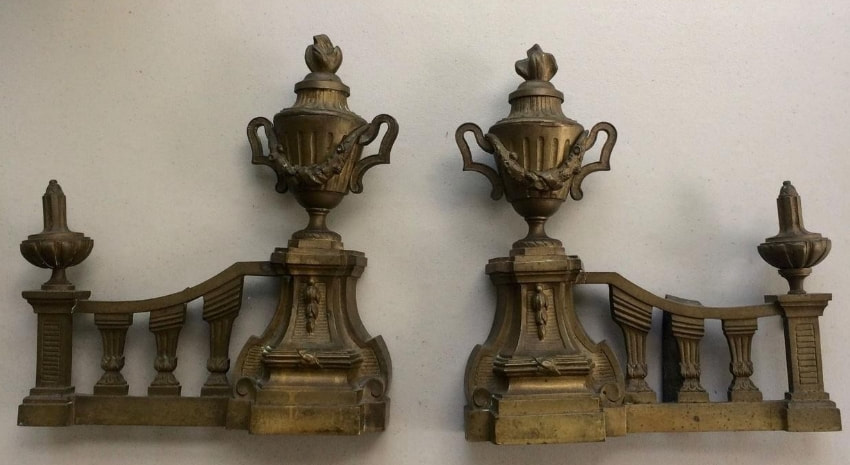








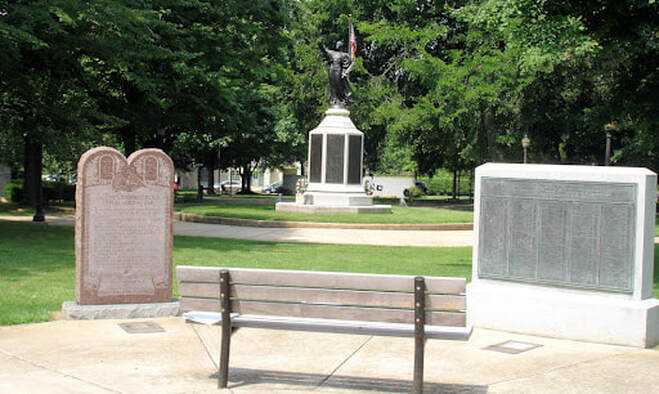









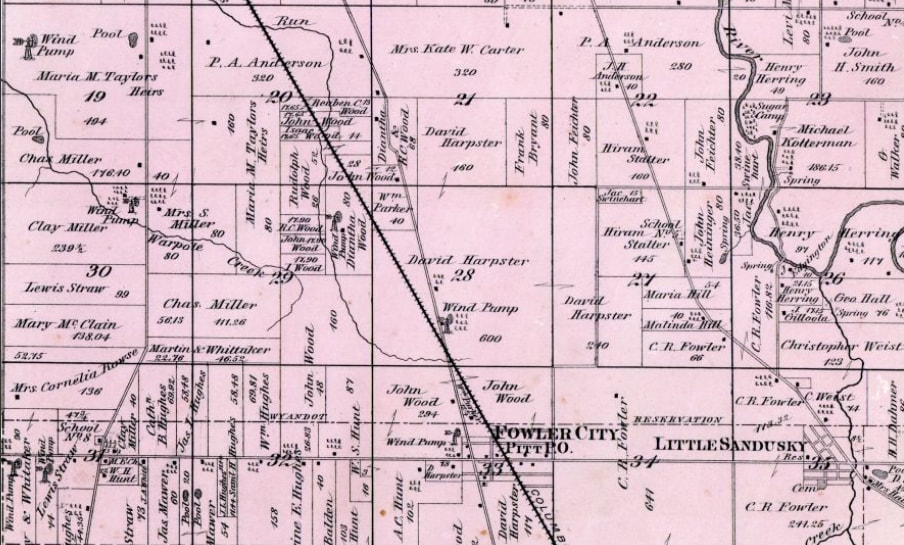



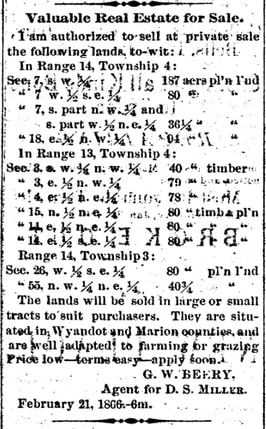




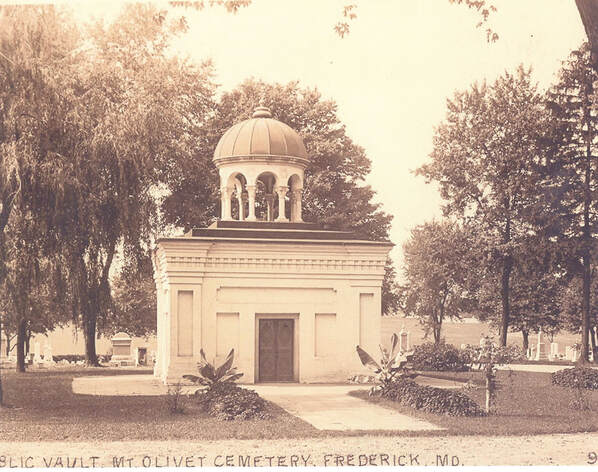













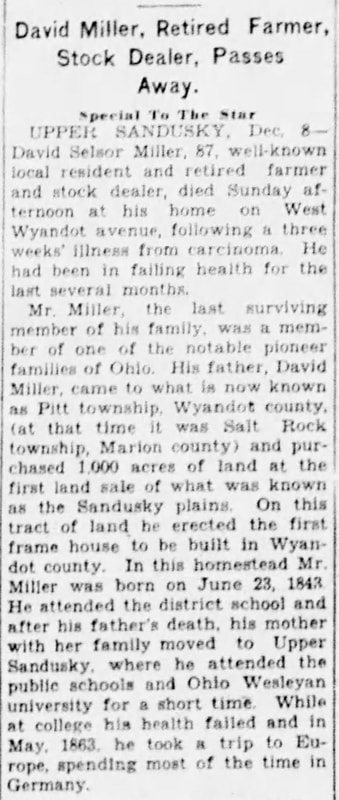
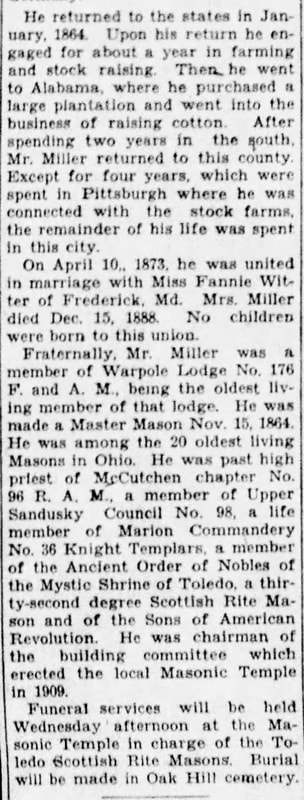











 RSS Feed
RSS Feed